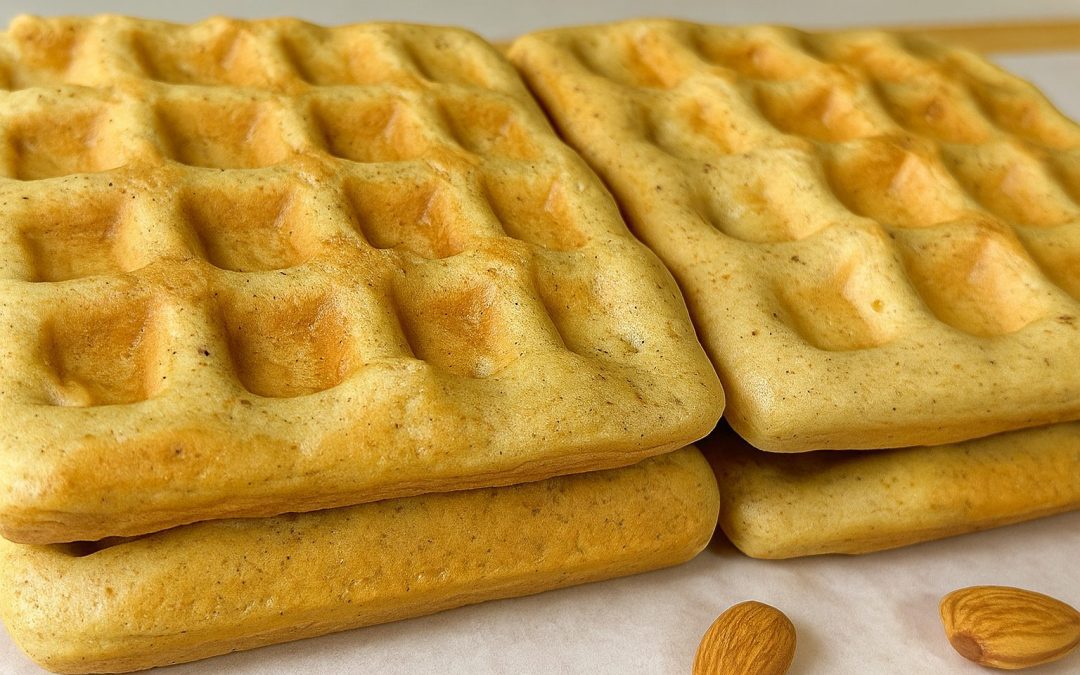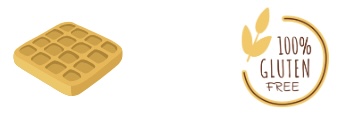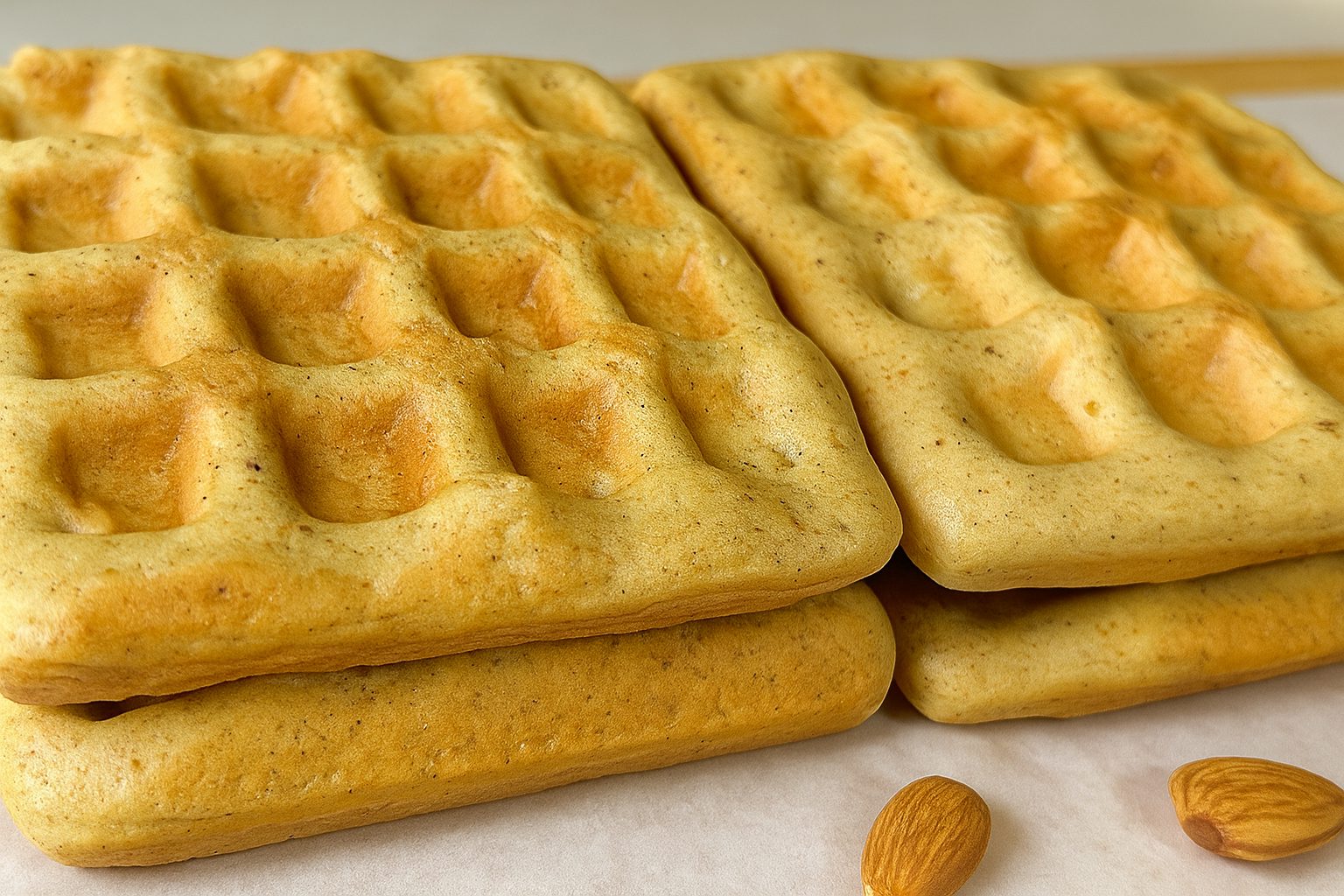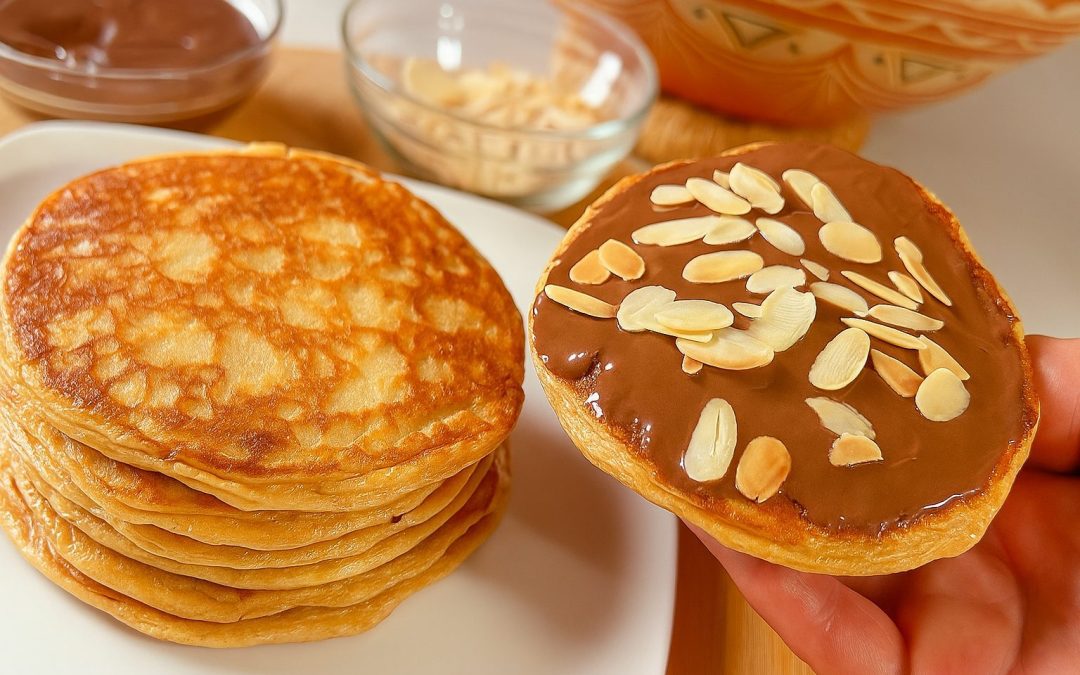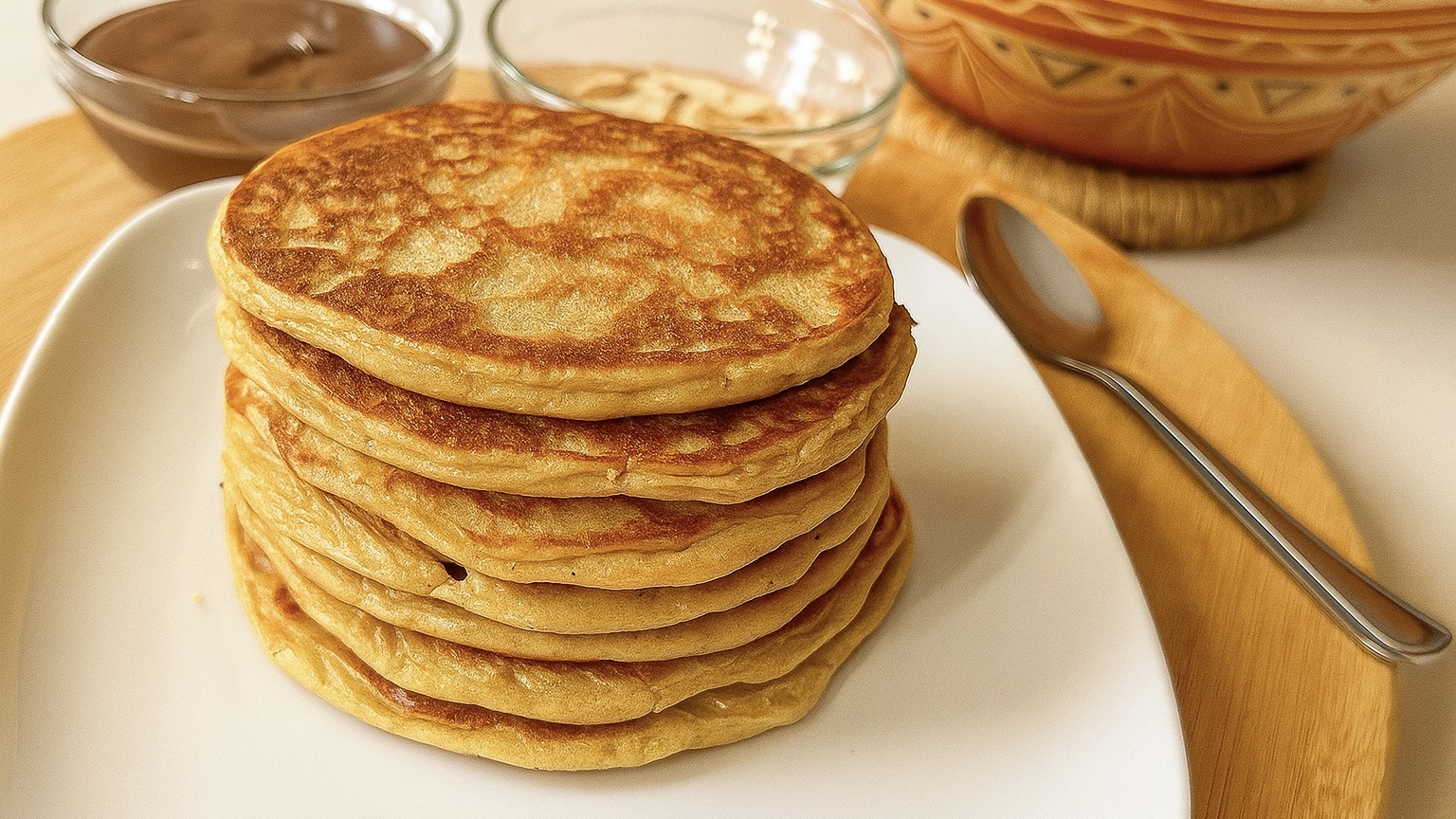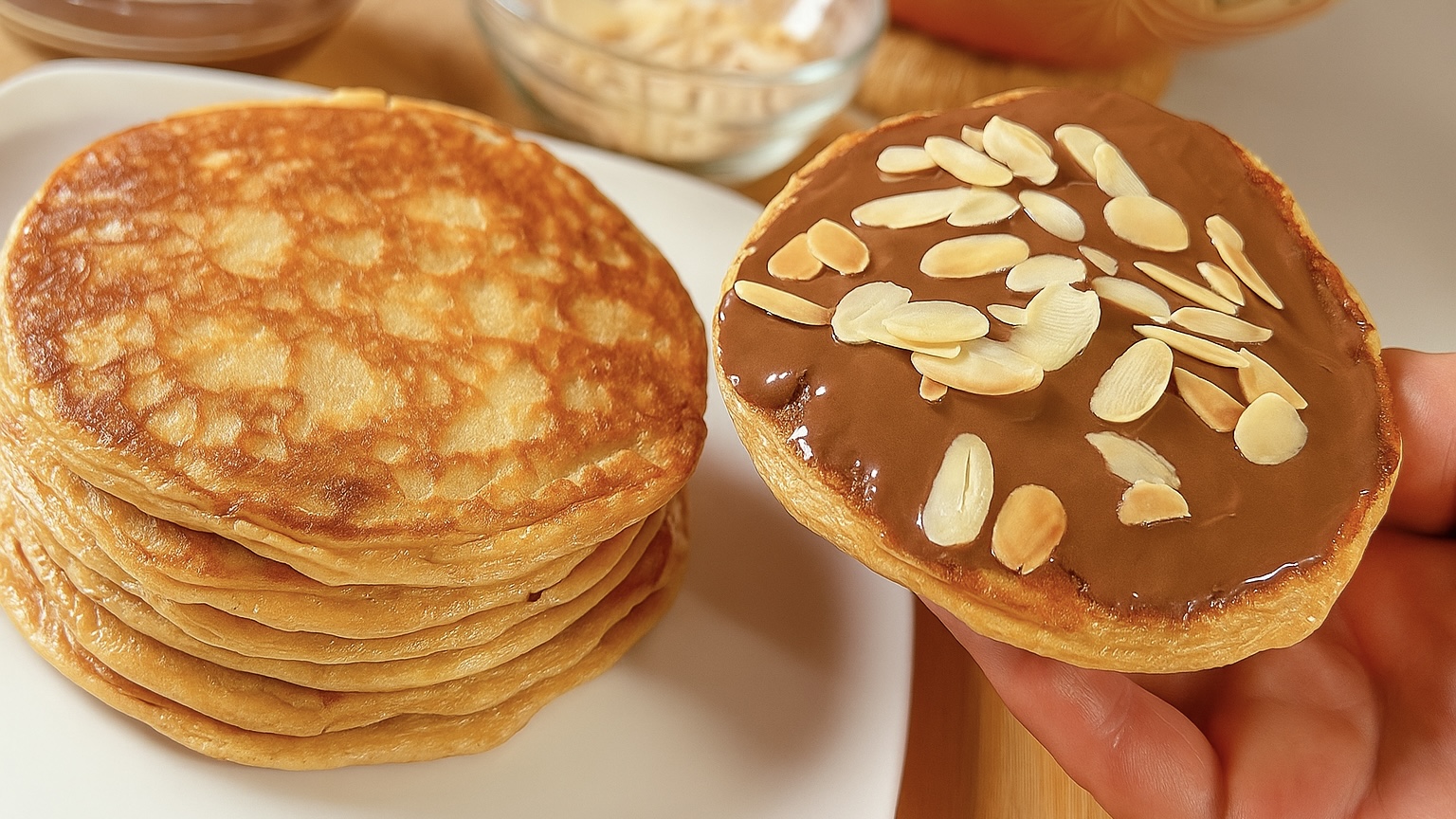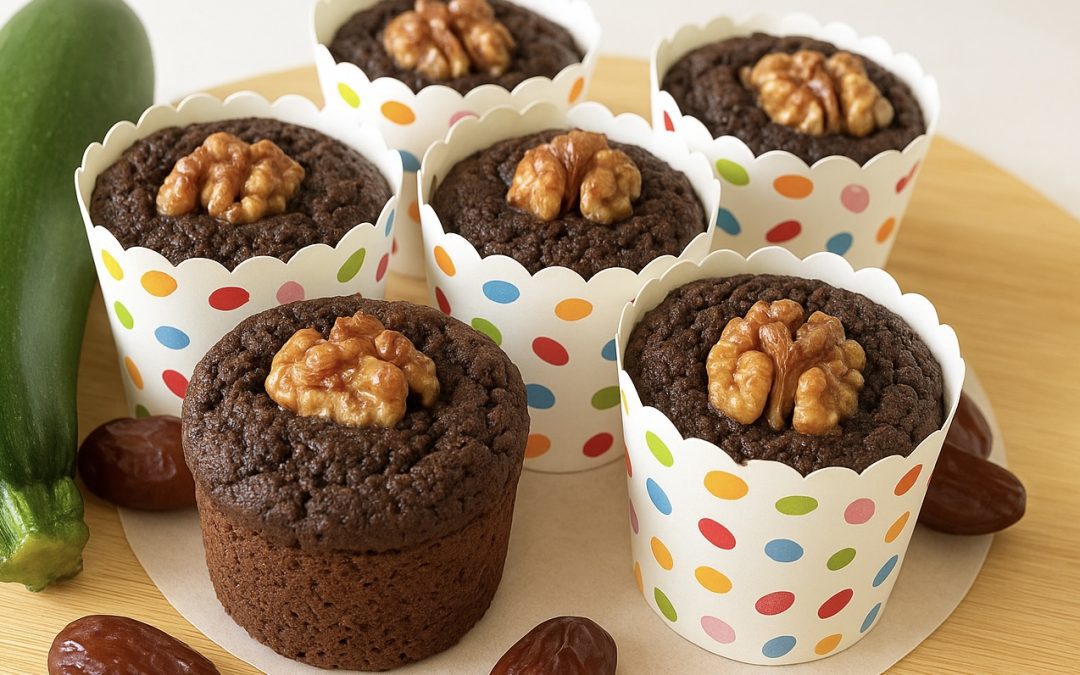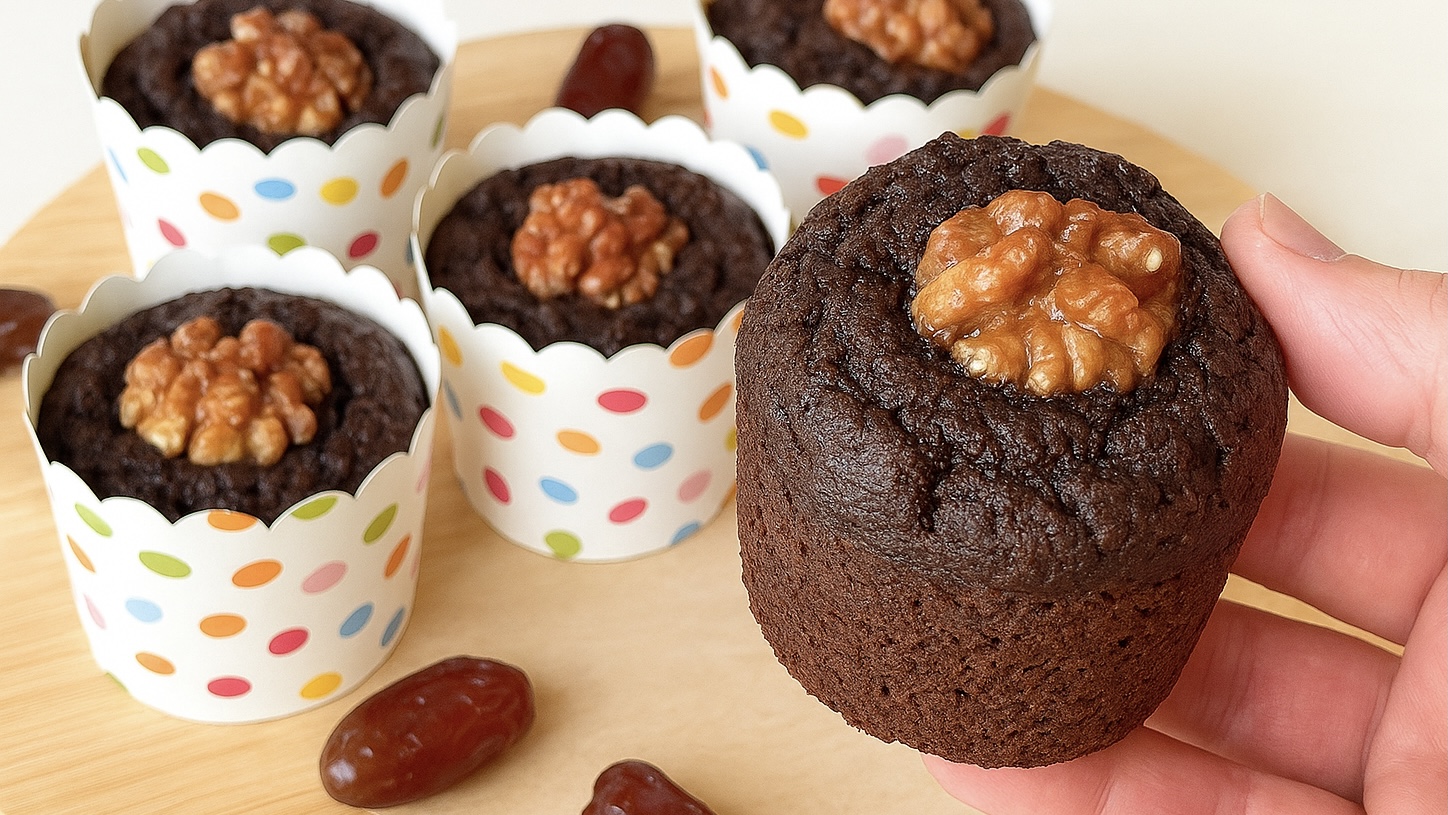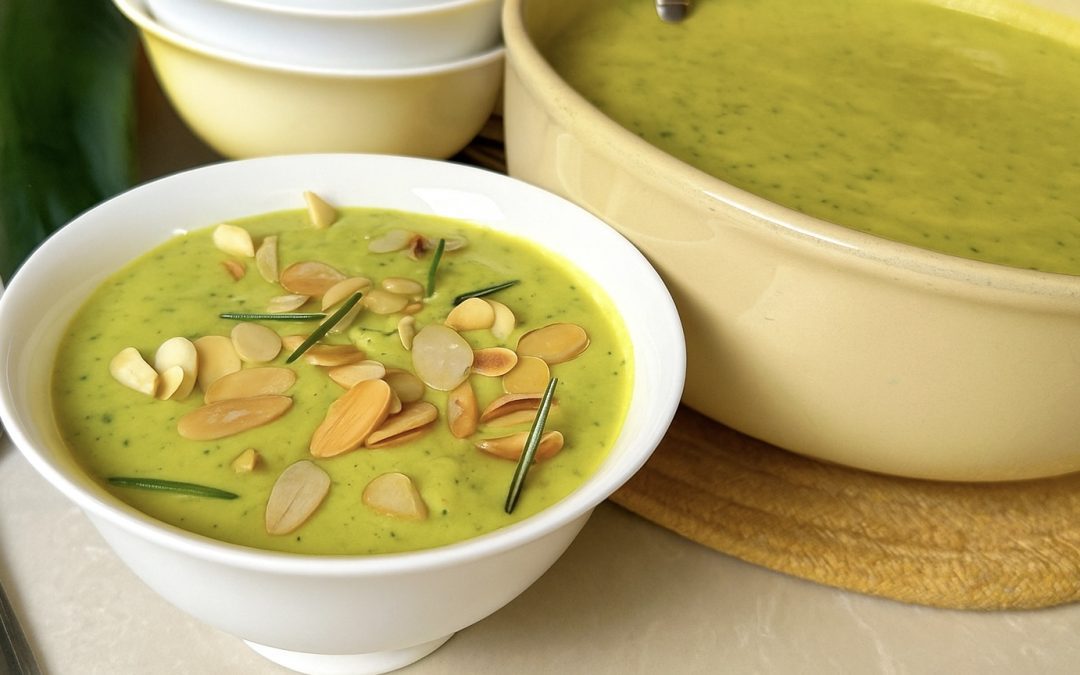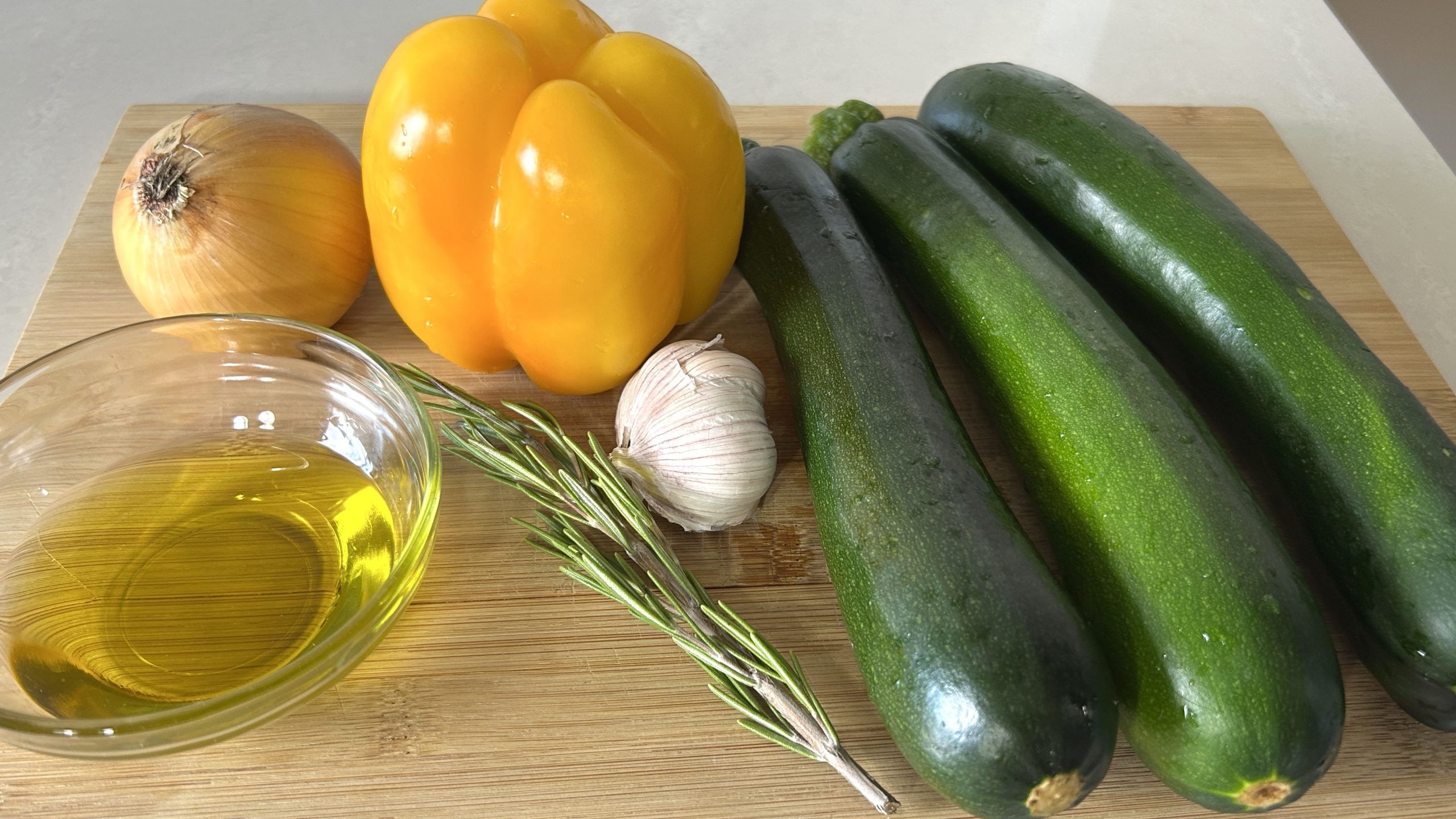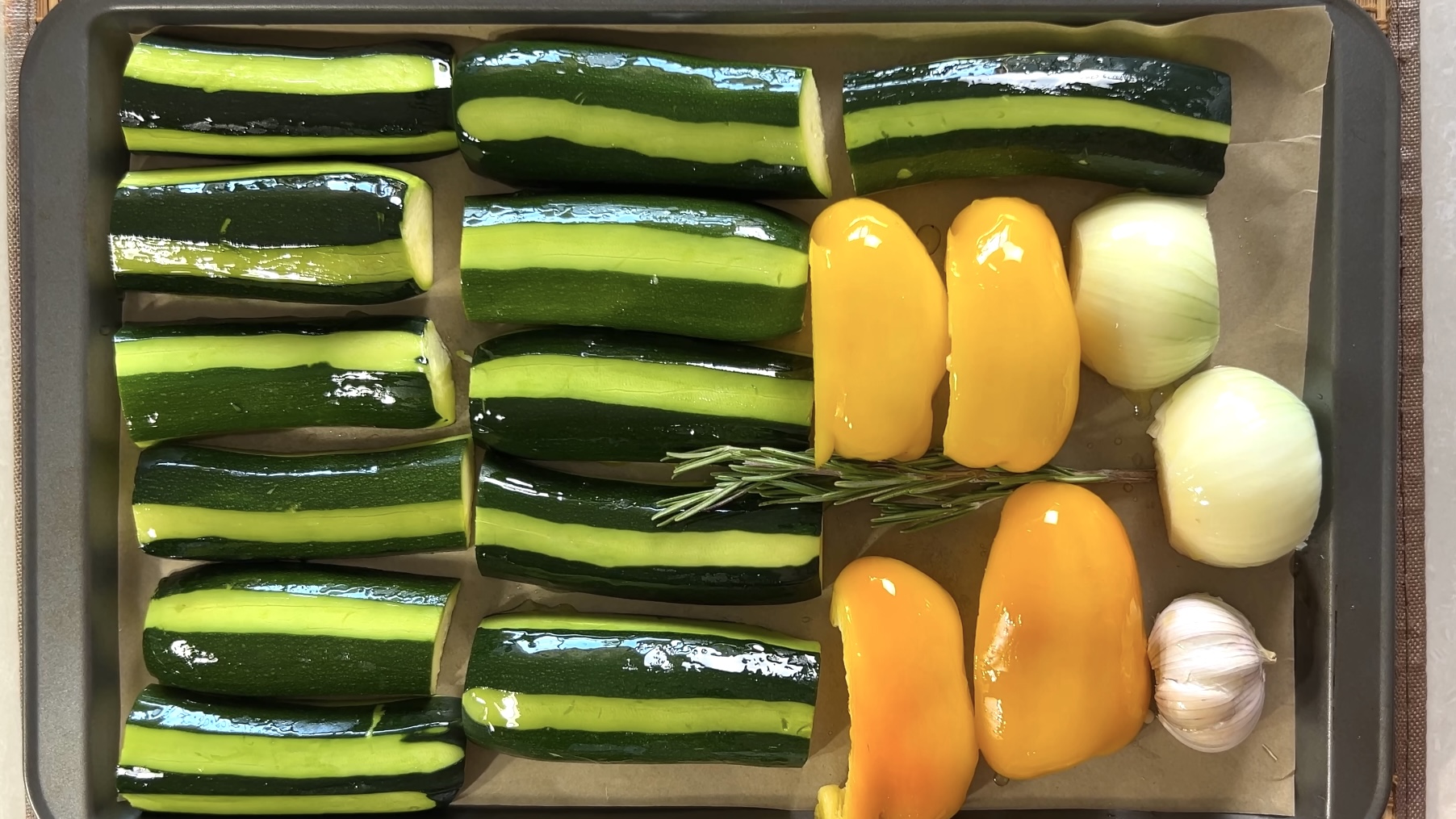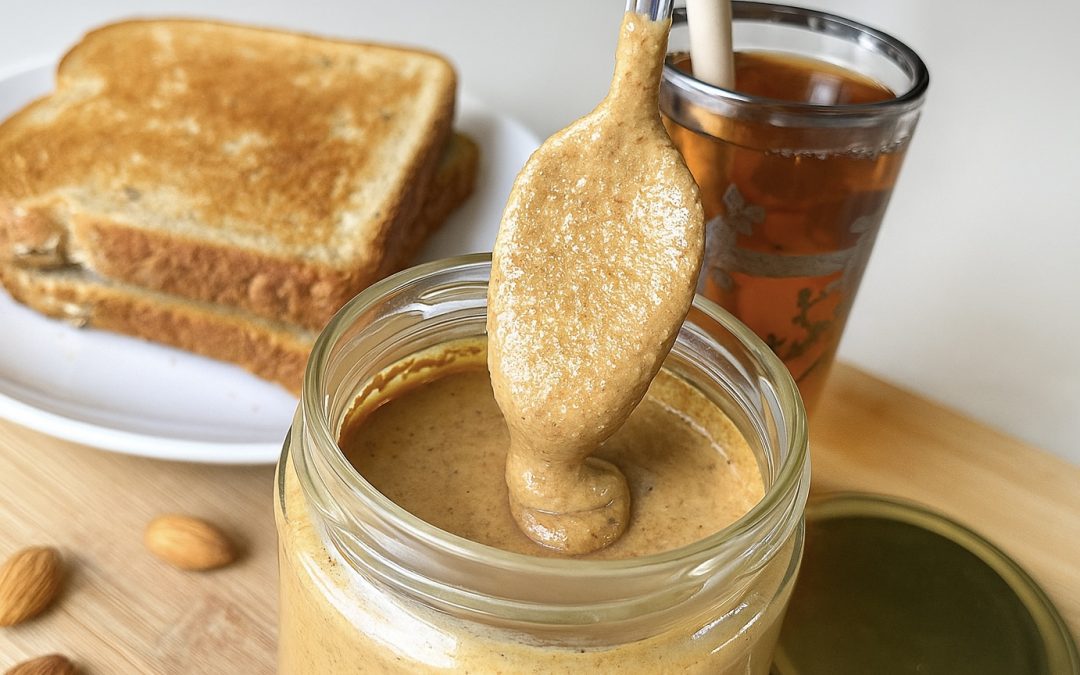
DIY Almond Butter
DIY Almond Butter

There’s something deeply satisfying about making your own almond butter from scratch, not only does it taste far better than most store-bought versions, but it’s also nutritionally superior and much more affordable. By soaking, skinning, roasting, and blending almonds the right way, you’re not just making a delicious spread, you’re unlocking the almonds’ full potential in terms of digestibility, nutrient availability, and absorption. Let’s go through the process step-by-step and see why each one really matters.

When you soak almonds (or any nuts), you’re doing your body a big favor. Almonds naturally contain compounds called phytic acid and enzyme inhibitors, which can interfere with the absorption of key minerals like iron, zinc, calcium, and magnesium. Soaking them in warm water for 12 to 24 hours helps neutralize these anti-nutrients, making the almonds much easier to digest and their nutrients more bioavailable. Rinsing them afterward washes away the released phytic acid and any remaining enzyme inhibitors, leaving the nuts lighter, softer, and much more nourishing.
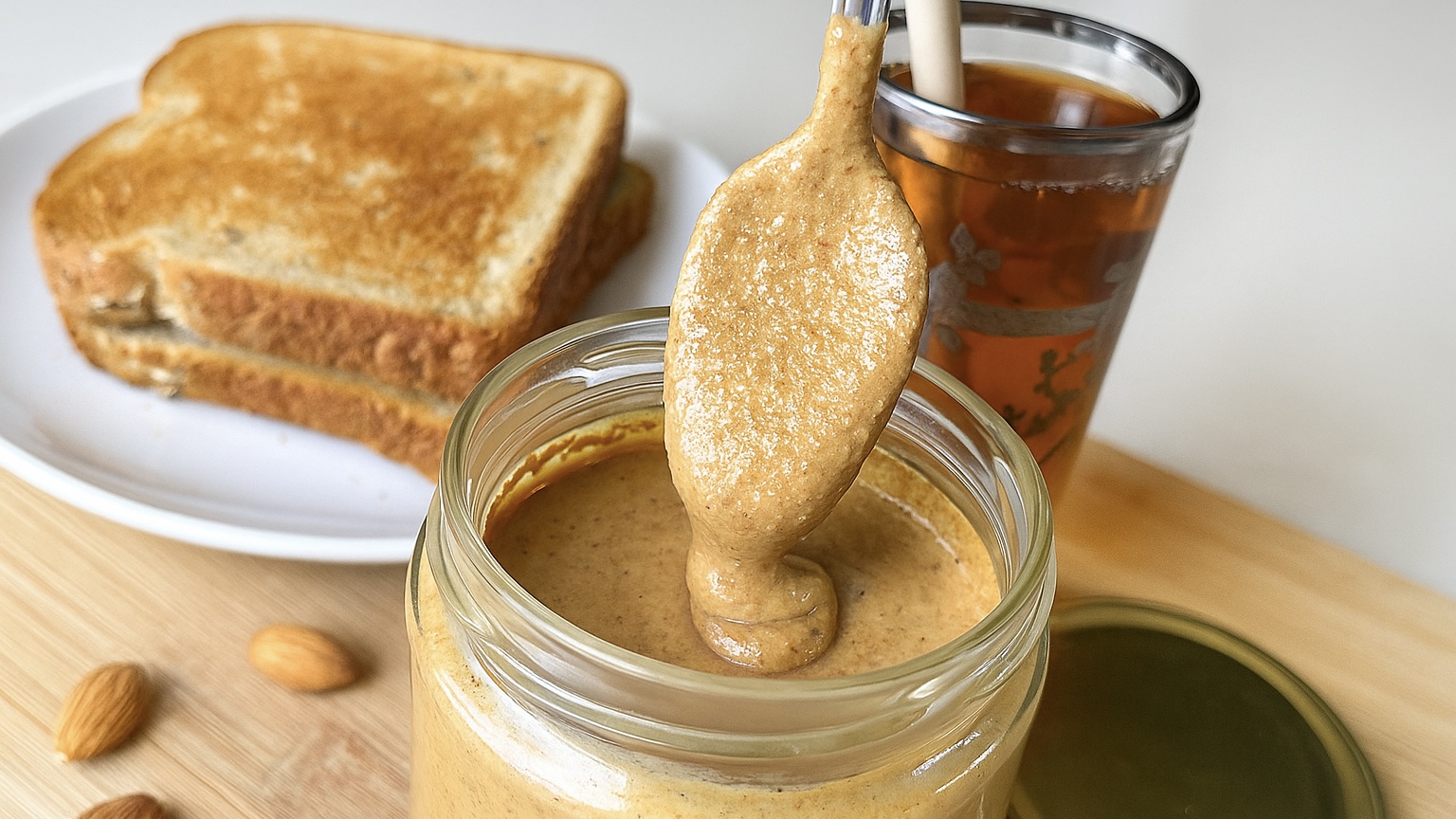
Removing the skin from almonds takes this one step further. The thin brown layer contains tannins and other phenolic compounds that can also slightly reduce nutrient absorption. Studies have shown that blanching or soaking almonds can decrease these compounds, making the nutrients (especially vitamin E and minerals) more accessible. However, the skin also contains beneficial antioxidants and fiber, which is why we’re keeping half of the almonds with their skin, a balance between nutrition and texture.
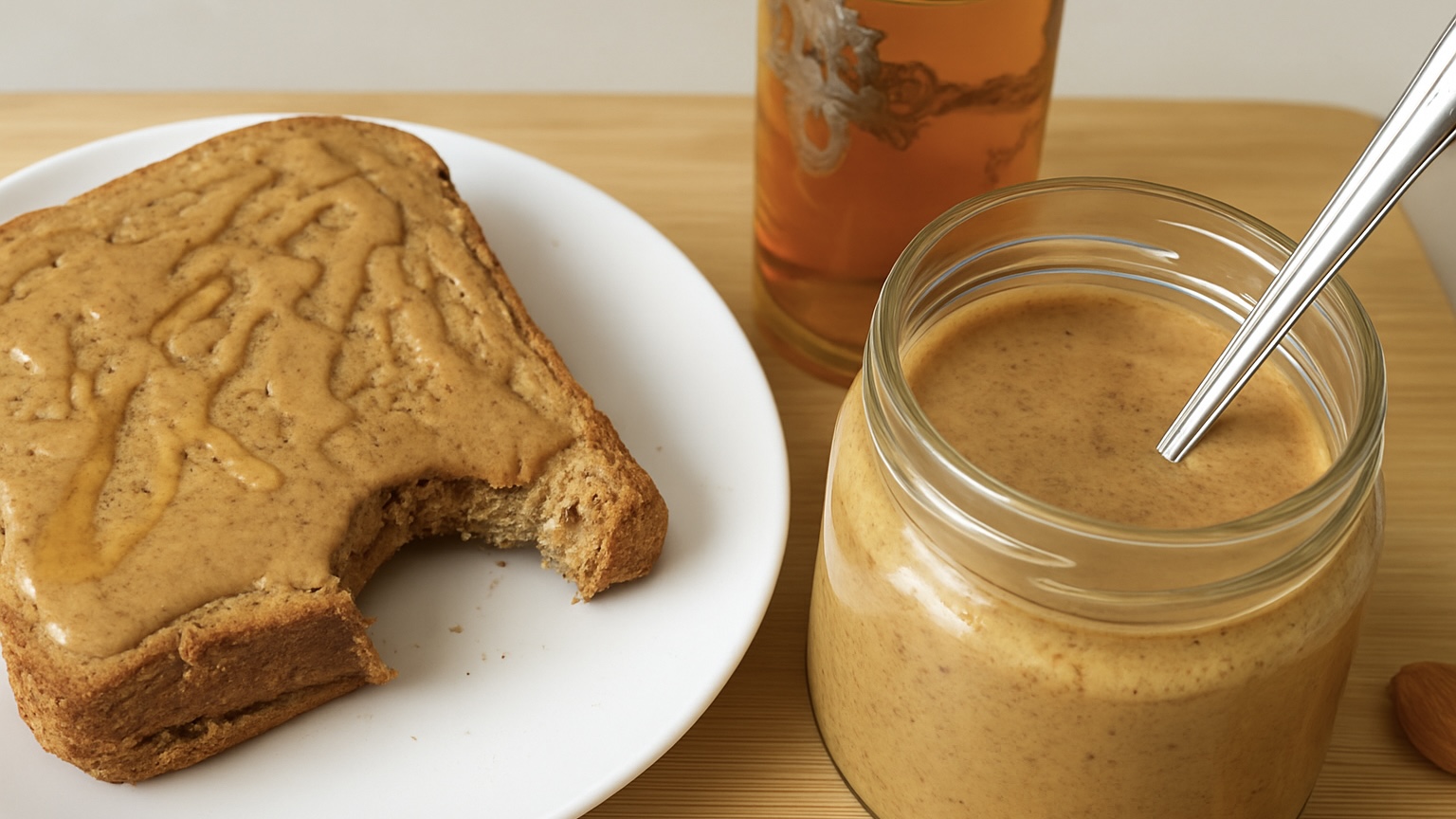
Once you roast and blend them, you’ll end up with a smooth, rich, and creamy almond butter that’s truly “alive”, packed with nutrients your body can easily use.
Ingredients
-
2 cups (about 300 g) raw almonds
-
1 pinch sea salt (optional, added before blending)
Yield
Approximately 270 g (about 1 ¼ cups) almond butter, or 16–17 tablespoons
Directions
- Place almonds in a bowl and cover with warm water. Let them soak for 12 to 24 hours. This process neutralizes phytic acid and enzyme inhibitors, improving digestibility and nutrient absorption.
- Drain and rinse thoroughly under running water to remove any remaining anti-nutrients.
- Drain well. Remove the skin from half the almonds by gently pinching each one — the skin should slip off easily. If not, soak them briefly in hot water for 2–3 minutes, then drain and try again.
- Spread both peeled and unpeeled almonds in a single layer on a parchment-lined baking tray.
- Pat dry using paper towels to speed up roasting.
- Roast in a preheated oven at 340°F (170°C) for 50–60 minutes, stirring once or twice until they turn light golden and crisp.
- Let cool slightly, then transfer to a high-powered food processor. Add the pinch of salt if using.
- Process for about 2 minutes, then scrape down the sides. Continue blending for up to 12 minutes total, until the almonds go from coarse meal to fine flour, then to paste, and finally to a smooth, creamy butter.
- Stop blending when you reach your preferred texture — thick and rustic or silky smooth.
- Transfer to a glass jar with a tight lid and enjoy!
Prep and Cook Time
Soaking: 12–24 hours
Prep: 30 minutes
Blending: up to 12 minutes
Baking: 60 minutes
Makes: About 16–17 tablespoons
Nutritional Information (per tablespoon)
Energy: 98 calories
Protein: 9 g
Fat: 3.4 g
Carbohydrates: 3 g
Fiber: 1.8 g
Storage and Notes
-
Store at room temperature for up to 2 weeks.
-
Refrigerate for up to 1 month.
-
Soaking reduces anti-nutrients like phytic acid, improving mineral absorption (iron, zinc, magnesium).
-
Keeping half of the almonds with skin retains antioxidants and fiber for extra health benefits.
-
A pinch of salt enhances almond flavor and balances natural sweetness.
Dietary Information: This recipe is gluten-free, dairy-free, and suitable for vegan and paleo diets.

